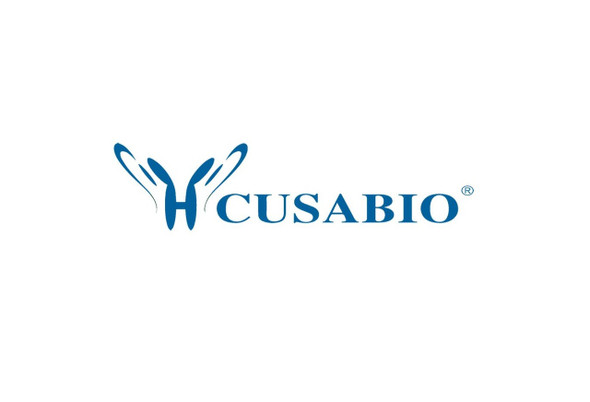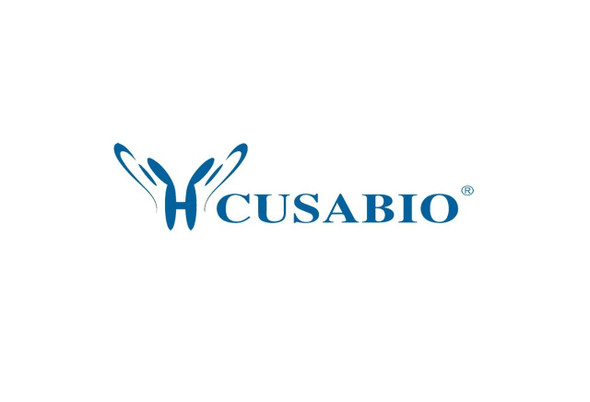Cusabio Polyclonal Antibodies
UPK3B Antibody | CSB-PA909603
- SKU:
- CSB-PA909603
- Availability:
- 3 to 7 Working Days
Description
UPK3B Antibody | CSB-PA909603 | Cusabio
UPK3B Antibody is Available at Gentaur Genprice with the fastest delivery.
Online Order Payment is possible or send quotation to info@gentaur.com.
Product Type: Polyclonal Antibody
Target Names: UPK3B
Aliases: Uroplakin-3b
Background: UPK3B is a minor component of the apical plaques of mammalian urothelium that binds and dimerizes with uroplakin-1b (UPK1B, MIM 602380), one of the major conserved urothelium membrane proteins. The other major conserved integral membrane proteins of urothelial plaques are UPK1A (MIM 611557), UPK2 (MIM 611558), and UPK3A (MIM 611559)
Isotype: IgG
Conjugate: Non-conjugated
Clonality: Polyclonal
Uniport ID: Q9BT76
Host Species: Rabbit
Species Reactivity: Human
Immunogen: Fusion protein of human UPK3B
Immunogen Species: Human
Applications: ELISA, WB, IHC
Tested Applications: ELISA, WB, IHC;ELISA:1:500-1:10000, WB:1:1000-1:4000, IHC:1:5-1:20
Purification Method: Antigen affinity purification
Dilution Ratio1: ELISA:1:500-1:10000
Dilution Ratio2: WB:1:1000-1:4000
Dilution Ratio3: IHC:1:5-1:20
Dilution Ratio4:
Dilution Ratio5:
Dilution Ratio6:
Buffer: -20°C, pH7.4 PBS, 0.05% NaN3, 40% Glycerol
Form: Liquid
Storage: Upon receipt, store at -20°C or -80°C. Avoid repeated freeze.
Initial Research Areas: Tags & Cell Markers
Research Areas: Tags & Cell Markers;Signal transduction













